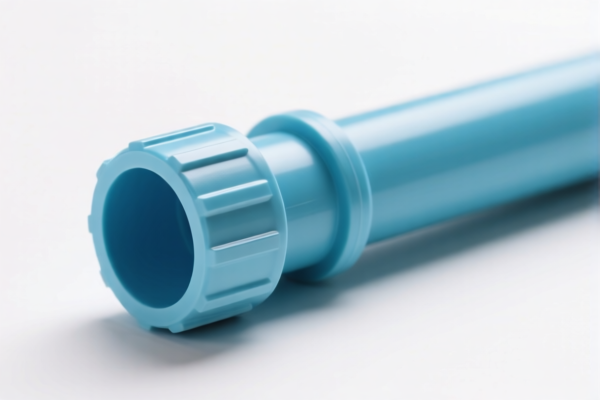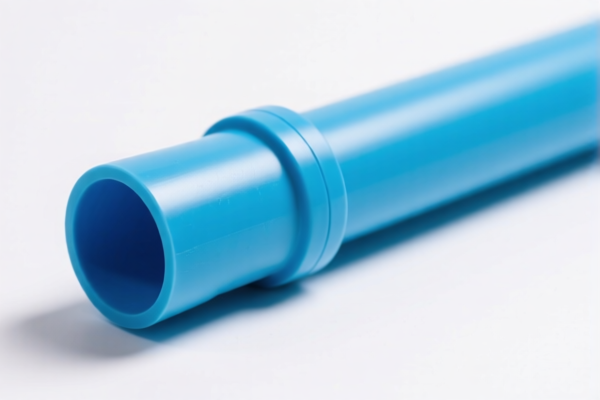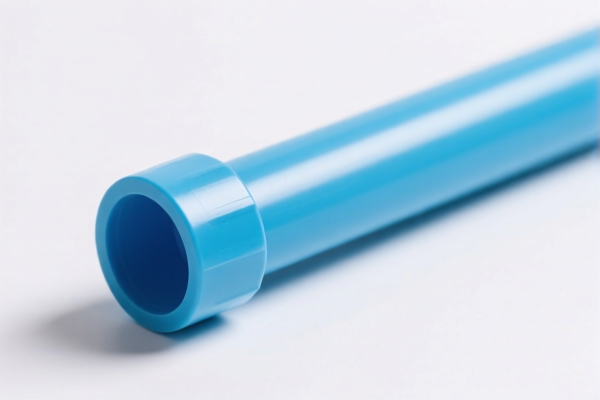| HS Code | Official Doc | Tariff Rate | Origin | Destination | Effective Date |
|---|---|---|---|---|---|
| 7305191030 | Doc | 30.0% | CN | US | 2025-05-12 |
| 7305191060 | Doc | 30.0% | CN | US | 2025-05-12 |
| 7306305026 | Doc | 30.0% | CN | US | 2025-05-12 |
| 7306305027 | Doc | 30.0% | CN | US | 2025-05-12 |
| 3917400080 | Doc | 60.3% | CN | US | 2025-05-12 |
| 3917400060 | Doc | 60.3% | CN | US | 2025-05-12 |
| 3925900000 | Doc | 60.3% | CN | US | 2025-05-12 |




Water Pipe Inner Joint
A water pipe inner joint, also known as a coupling, fitting, or connector, is a component used to join sections of water pipe together, creating a watertight seal within a plumbing system. These joints are crucial for extending pipe runs, changing pipe direction, or connecting pipes of differing diameters.
Materials
Inner joints are manufactured from a variety of materials, each with specific properties suited to different applications:
- PVC (Polyvinyl Chloride): A rigid plastic commonly used for cold water supply lines, drainage, and irrigation. PVC joints are lightweight, corrosion-resistant, and relatively inexpensive.
- CPVC (Chlorinated Polyvinyl Chloride): Similar to PVC but more resistant to high temperatures, making it suitable for both hot and cold water distribution.
- PEX (Cross-linked Polyethylene): A flexible plastic tubing often used for radiant heating and potable water systems. PEX joints are known for their ease of installation and resistance to freezing.
- Copper: A traditional plumbing material prized for its durability, corrosion resistance, and ability to withstand high temperatures and pressures. Copper joints are often soldered or brazed.
- Brass: Used for its corrosion resistance and strength, often employed in valves and fittings connected to copper pipes.
- Galvanized Steel: Less common in modern plumbing due to corrosion concerns, but still found in older systems.
- Stainless Steel: Highly corrosion-resistant and durable, used in specialized applications.
Purpose & Function
The primary function of an inner joint is to provide a secure and leak-proof connection between pipe sections. They achieve this through several mechanisms:
- Mechanical Compression: Some joints utilize compression fittings that tighten around the pipe, creating a seal.
- Solvent Welding (for PVC/CPVC): Chemical bonding using a solvent cement that melts and fuses the pipe and fitting together.
- Soldering/Brazing (for Copper): Using heat to melt solder or brazing alloy, which flows into the joint and creates a metallic bond.
- Crimping/Clamping (for PEX): Utilizing specialized tools to crimp or clamp a ring onto the pipe and fitting, creating a tight seal.
Usage Scenarios
Inner joints are employed in a wide range of plumbing applications:
- Residential Plumbing: Connecting pipes under sinks, behind walls, and for water supply lines.
- Commercial Plumbing: Larger diameter pipe connections for building water systems.
- Irrigation Systems: Connecting sprinkler heads and water lines in gardens and landscapes.
- Drainage Systems: Connecting drain pipes and waste lines.
- Radiant Heating Systems: Connecting PEX tubing for in-floor heating.
Common Types
- Slip Couplings: Allow for some movement and expansion/contraction of the pipes.
- Straight Couplings: Connect two pipes of the same diameter in a straight line.
- Reducer Couplings: Connect pipes of different diameters.
- Tee Couplings: Connect three pipes, forming a 'T' shape.
- Elbow Couplings (90° & 45°): Change the direction of the pipe run.
- Union Couplings: Allow for easy disassembly and reassembly of the pipe run without cutting the pipes.
- Compression Couplings: Utilize compression fittings for a secure, leak-proof seal.
- Push-Fit Couplings: Designed for quick and easy installation without soldering or gluing. (e.g., SharkBite)
Based on the provided information, “water pipe inner joint” can be classified under the following HS codes:
- 7306305026: Other tubes, pipes and hollow profiles (for example, open seamed or welded, riveted or similarly closed), of iron or steel: Other, welded, of circular cross section, of iron or nonalloy steel: Having a wall thickness of 1.65 mm or more: Other With an outside diameter not exceeding 114.3 mm: Galvanized: Imported with coupling: With an outside diameter not exceeding 50.8 mm. This code covers welded iron or nonalloy steel pipes with a wall thickness of 1.65 mm or more, an outside diameter not exceeding 50.8 mm, and are galvanized with coupling.
- 7306305027: Other tubes, pipes and hollow profiles (for example, open seamed or welded, riveted or similarly closed), of iron or steel: Other, welded, of circular cross section, of iron or nonalloy steel: Having a wall thickness of 1.65 mm or more: Other Other: With an outside diameter not exceeding 114.3 mm: Galvanized: Imported with coupling: With an outside diameter exceeding 50.8 mm but not exceeding 114.3 mm. This code covers welded iron or nonalloy steel pipes with a wall thickness of 1.65 mm or more, an outside diameter exceeding 50.8 mm but not exceeding 114.3 mm, and are galvanized with coupling.
- 3917400080: Tubes, pipes and hoses and fittings therefor (for example, joints, elbows, flanges), of plastics: Fittings Other plumbing fittings: Other. This code covers fittings, specifically other plumbing fittings, made of plastics.
- 3917400060: Tubes, pipes and hoses and fittings therefor (for example, joints, elbows, flanges), of plastics: Fittings Other plumbing fittings: Of polyvinyl chloride. This code covers fittings, specifically other plumbing fittings made of polyvinyl chloride.
HS Code Breakdown:
- 73: Iron or steel articles.
- 06: Tubes, pipes and hollow profiles.
- 30: Other, welded.
- 50: Of circular cross section.
-
26/27: Specific diameter and coupling requirements.
-
39: Plastics and articles thereof.
- 17: Tubes, pipes and hoses and fittings therefor.
- 40: Fittings.
- 00: Other plumbing fittings.
- 60/80: Material specification.
Regarding HS codes 7306305026 and 7306305027, please note the requirement for galvanized pipes with coupling and specific outside diameter limitations. Regarding HS codes 3917400080 and 3917400060, the material must be plastics or polyvinyl chloride.
Customer Reviews
No reviews yet.